Home>Ideas and Tips>Indoor Ficus Tree Care Tips: Grow a Healthy Rubber Plant
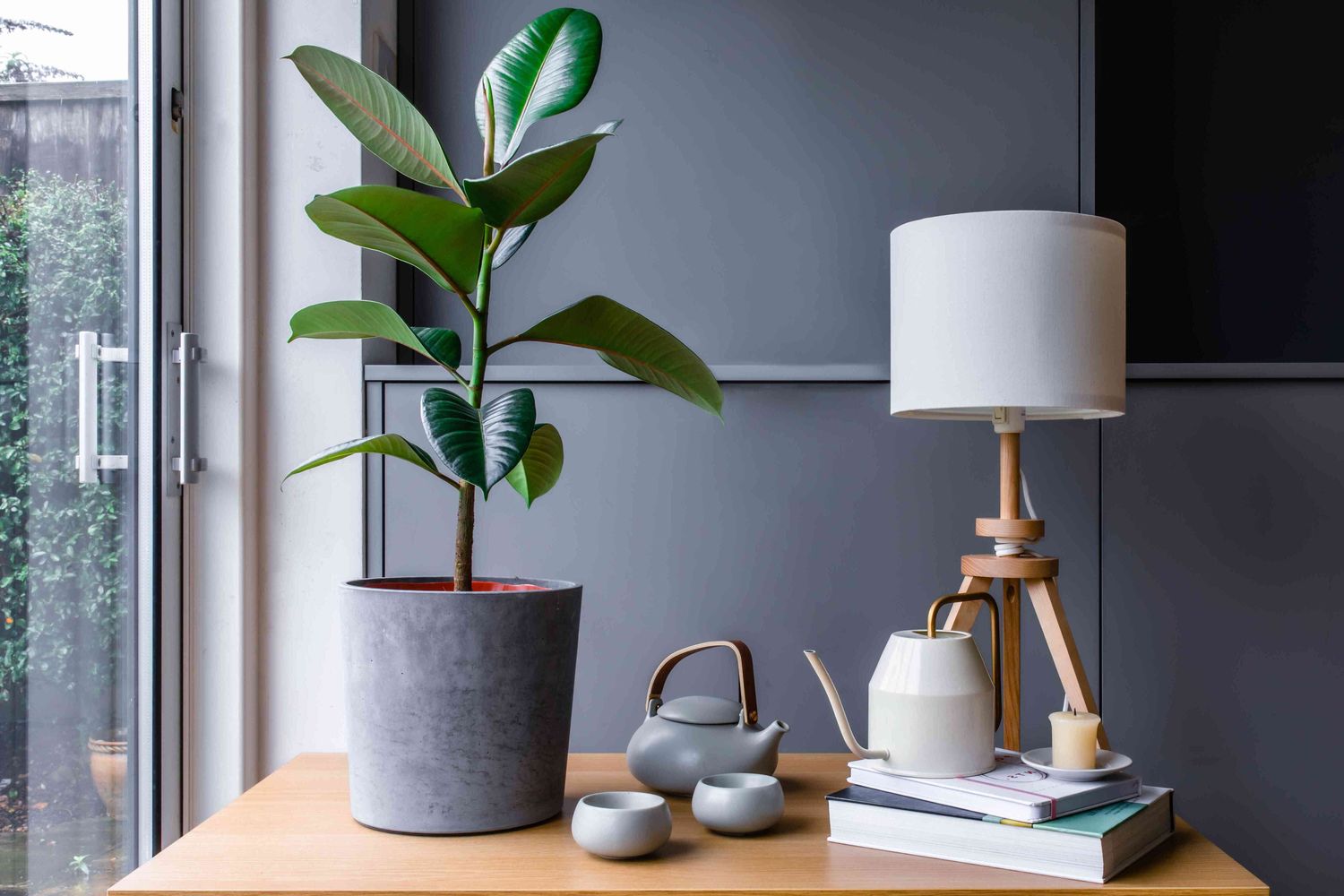

Ideas and Tips
Indoor Ficus Tree Care Tips: Grow a Healthy Rubber Plant
Modified: October 20, 2024
Discover essential indoor ficus tree care tips to grow a healthy rubber plant. Learn about lighting, watering, pruning, and more for thriving indoor greenery.
(Many of the links in this article redirect to a specific reviewed product. Your purchase of these products through affiliate links helps to generate commission for Storables.com, at no extra cost. Learn more)
Rubber plants, scientifically known as Ficus elastica, are a popular choice for indoor gardening due to their striking appearance and low-maintenance care. These tropical plants can add a touch of elegance to any room with their large, glossy leaves and impressive growth rate. However, they do require specific conditions to thrive. In this article, we will delve into the detailed care tips for growing a healthy rubber plant indoors.
Understanding Rubber Plant Basics
Before diving into the care tips, it's essential to understand the basic characteristics of rubber plants. Native to the tropical regions of Southeast Asia, Ficus elastica can grow up to 100 feet tall in its natural habitat. However, when grown indoors, they typically reach heights of six to ten feet, depending on the variety and growing conditions.
Rubber plants are known for their milky white latex, which gives them their name. This latex is toxic and can cause skin irritation and allergic reactions, so it's crucial to handle the plant with care, especially if you have pets or young children.
Varieties of Rubber Plants
There are several varieties of rubber plants available, each with unique foliage colors and patterns. Some popular varieties include:
- Ficus elastica 'Tineke': Known for its variegated leaves with shades of green and cream.
- Ficus elastica 'Burgundy': Features burgundy-tinted leaves.
- Ficus elastica 'Ruby': Has deep red or pink-tinged leaves.
- Ficus elastica 'Robusta': Known for its robust growth and deep green leaves.
Lighting Requirements
Lighting is one of the most critical factors in growing a healthy rubber plant. These plants thrive in bright, indirect light but can tolerate lower light conditions. Here are some tips for providing the right lighting:
- East-Facing Windows: Place your rubber plant near an east-facing window for optimal light. This type of light is gentle and provides the necessary brightness without causing sunburn.
- South-Facing Windows: If you have a south-facing window, place your plant several feet back to avoid direct sunlight. Direct sunlight can cause the leaves to become dull and may even lead to sunburn.
- West-Facing Windows: Similar to south-facing windows, west-facing windows should be positioned at a distance to prevent intense afternoon sun.
- Indirect Sunlight: Rubber plants can also do well in indirect sunlight from a few feet away from a south-facing window. This type of lighting will provide the necessary brightness without causing damage to the leaves.
Temperature and Humidity
Rubber plants prefer a warm and humid environment to thrive. Here are the ideal temperature and humidity levels:
- Temperature: The ideal temperature range for rubber plants is between 65°F and 85°F (18°C and 30°C). Avoid placing your plant near cold windows or exterior doors, as sudden temperature fluctuations can cause stress and lead to leaf drop.
- Humidity: Rubber plants prefer moderate to high humidity levels, typically between 40% and 50%. If your space is very dry, consider running a small humidifier near your plant or grouping it with other houseplants to create a more humid microclimate.
Watering Tips
Proper watering is crucial for maintaining the health of your rubber plant. Here are some tips:
- Consistent Moisture: Rubber plants prefer consistently moist soil but not soggy. Check the moisture by inserting your finger into the top few inches of soil. If it feels dry and crumbly, it's time to water.
- Watering Frequency: The frequency of watering depends on the season. In summer, when the plant is actively growing, it may need more frequent watering. In winter, when growth slows down, you can reduce watering.
- Avoid Overwatering: Overwatering is one of the most common mistakes when caring for rubber plants. It can lead to root rot and cause the leaves to drop. Always allow the top 2 to 3 inches of soil to dry out between waterings.
Fertilization
Rubber plants are heavy feeders and require regular fertilization to maintain their health and promote growth. Here are some tips:
- Liquid Fertilizer: Use a balanced liquid fertilizer once a month during spring and summer. Dilute the fertilizer with an equal measure of water as rubber plants are not big feeders.
- Natural-Based Fertilizers: For a more natural approach, you can use fertilizers like Alaska Fish Fertilizer 5-1-1, which adds gentle nitrogen to help retain the leafy sheen.
- Avoid Fertilizing in Winter: During the winter months, when plant growth slows down, it's best to stop fertilizing. This will help prevent any potential damage from overfertilization.
Pruning
Pruning is essential for maintaining the shape and health of your rubber plant. Here are some tips:
- Pruning in Late Winter: Prune back the branches a few inches in late winter to make the plant bushy. This stimulates branching at the cut and helps maintain a compact shape.
- Removing Dead Leaves: Remove any dead or damaged leaves anytime, but always wear gloves when handling the plant as the milky sap can cause skin reactions.
Repotting
Rubber plants may need to be repotted every two to three years as they outgrow their pots. Here are some tips:
- Choose the Right Pot: When repotting, choose a pot that is just slightly larger than the current one. This will help reduce transplant shock and ensure the plant adjusts quickly to its new environment.
- Use Well-Draining Soil: Use a well-draining potting mix with perlite or orchid bark added to improve drainage and aeration. This will help prevent root rot and ensure the plant's roots stay healthy.
Propagation
Rubber plants can be easily propagated from stem cuttings. Here are some tips:
- Take Stem Cuttings: Take stem cuttings in early spring, and improve your success rate by using GardenTech RootBoost Rooting Hormone.
- Plant Cuttings: Plant the cuttings in a pot filled with well-draining soil, and keep the soil moist until roots develop.
Common Problems
Despite their low-maintenance nature, rubber plants can still encounter some common problems. Here are some tips for troubleshooting:
Leaf Yellowing
If you notice your rubber tree's leaves yellowing, it could be due to a variety of reasons. Here are some possible causes:
- Overwatering: Overwatering is one of the most common causes of yellow leaves. Check the moisture levels and adjust your watering schedule accordingly.
- Underwatering: On the other hand, underwatering can also cause yellow leaves. Ensure you're providing consistent moisture without overwatering.
- Nutrient Deficiency: Lack of essential nutrients can also cause yellowing leaves. Consider using a balanced fertilizer to address this issue.
Leaf Drop
Leaf drop is another common problem that can occur in rubber plants. Here are some possible causes:
- Sudden Changes in Environment: Rubber plants do not like abrupt changes in their environment. Avoid moving the plant to a different location suddenly, as this can cause stress and lead to leaf drop.
- Overwatering: Overwatering can cause root rot, which leads to leaf drop. Ensure you're not overwatering your plant.
- Underwatering: Conversely, underwatering can also cause stress and lead to leaf drop. Maintain consistent moisture levels.
Pests and Diseases
Pests and diseases can also affect rubber plants. Here are some common issues:
- Spider Mites: Spider mites are tiny insects that can cause damage to the leaves. Check for spider mites by looking for fine webbing on the leaves. Treat infestations with insecticidal soap or neem oil.
- Mealybugs: Mealybugs are another common pest that can infest rubber plants. Check for mealybugs by looking for white cottony patches on the leaves. Treat infestations with insecticidal soap or neem oil.
- Root Rot: Root rot is a common disease caused by overwatering. Check for root rot by looking for soft, mushy roots. Treat root rot by repotting the plant in fresh, well-draining soil.
Conclusion
Growing a healthy rubber plant indoors requires attention to several key factors including lighting, temperature, humidity, watering, fertilization, pruning, repotting, and propagation. By following these detailed care tips, you can ensure your rubber plant thrives and adds beauty and elegance to your home. Remember to handle the plant with care due to its toxic sap and keep it out of reach of pets and young children. With proper care and attention, your rubber plant will be a stunning addition to any indoor space.
By following these comprehensive care tips, you'll be well on your way to growing a thriving and beautiful rubber plant that will bring joy and elegance to your home for years to come.
Was this page helpful?
At Storables.com, we guarantee accurate and reliable information. Our content, validated by Expert Board Contributors, is crafted following stringent Editorial Policies. We're committed to providing you with well-researched, expert-backed insights for all your informational needs.
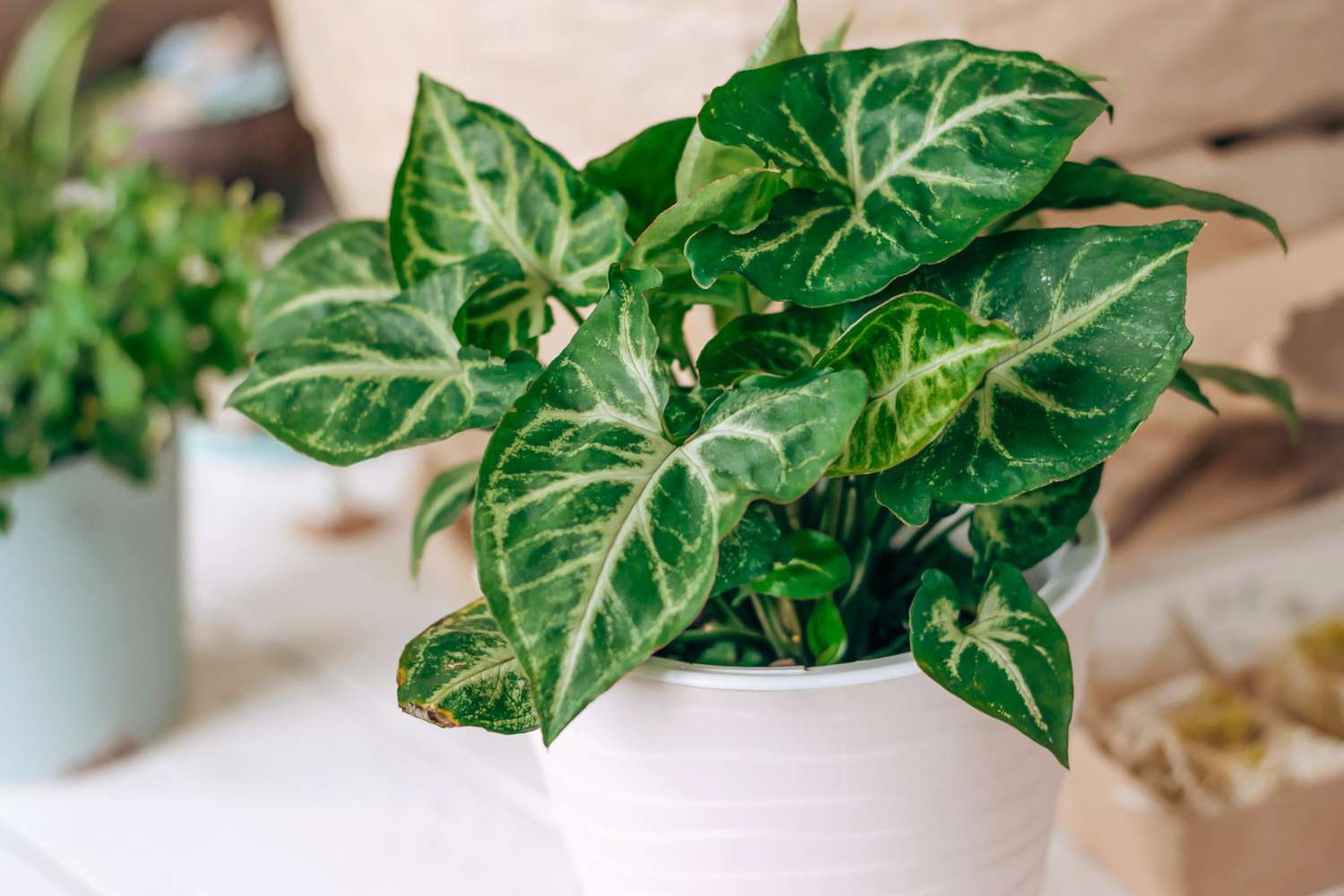
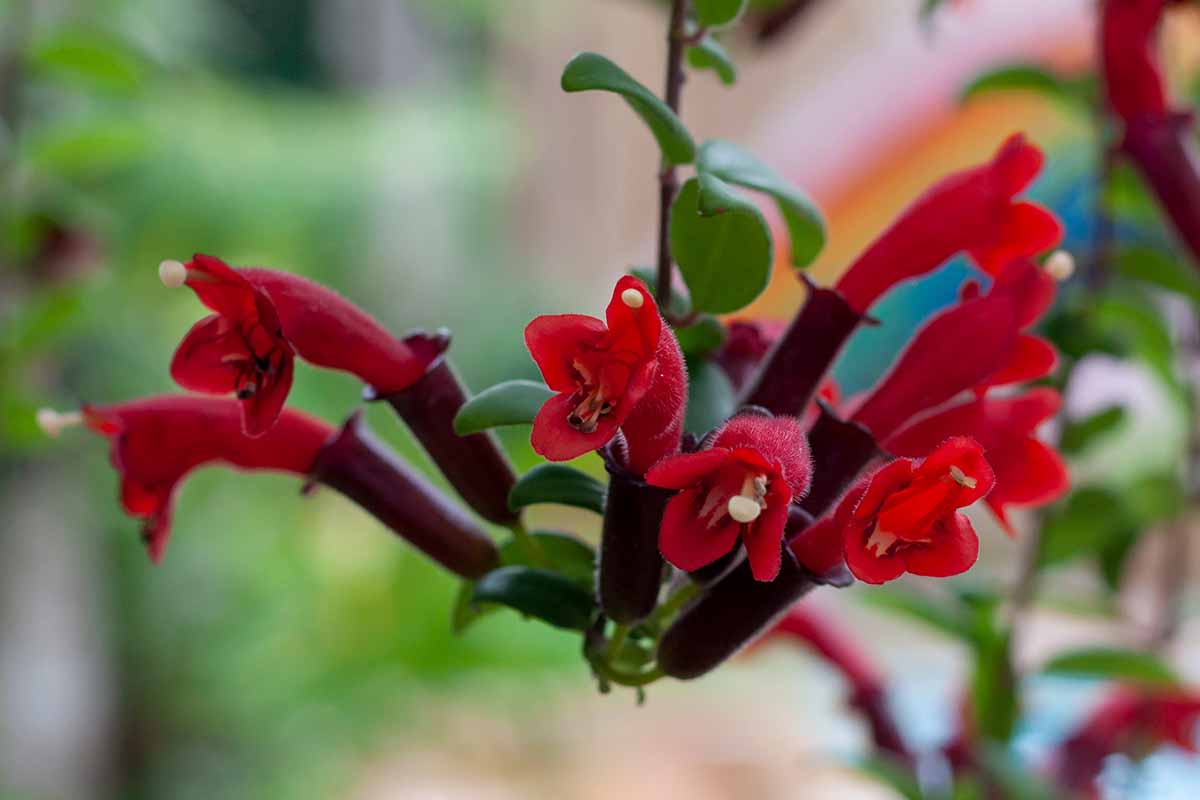
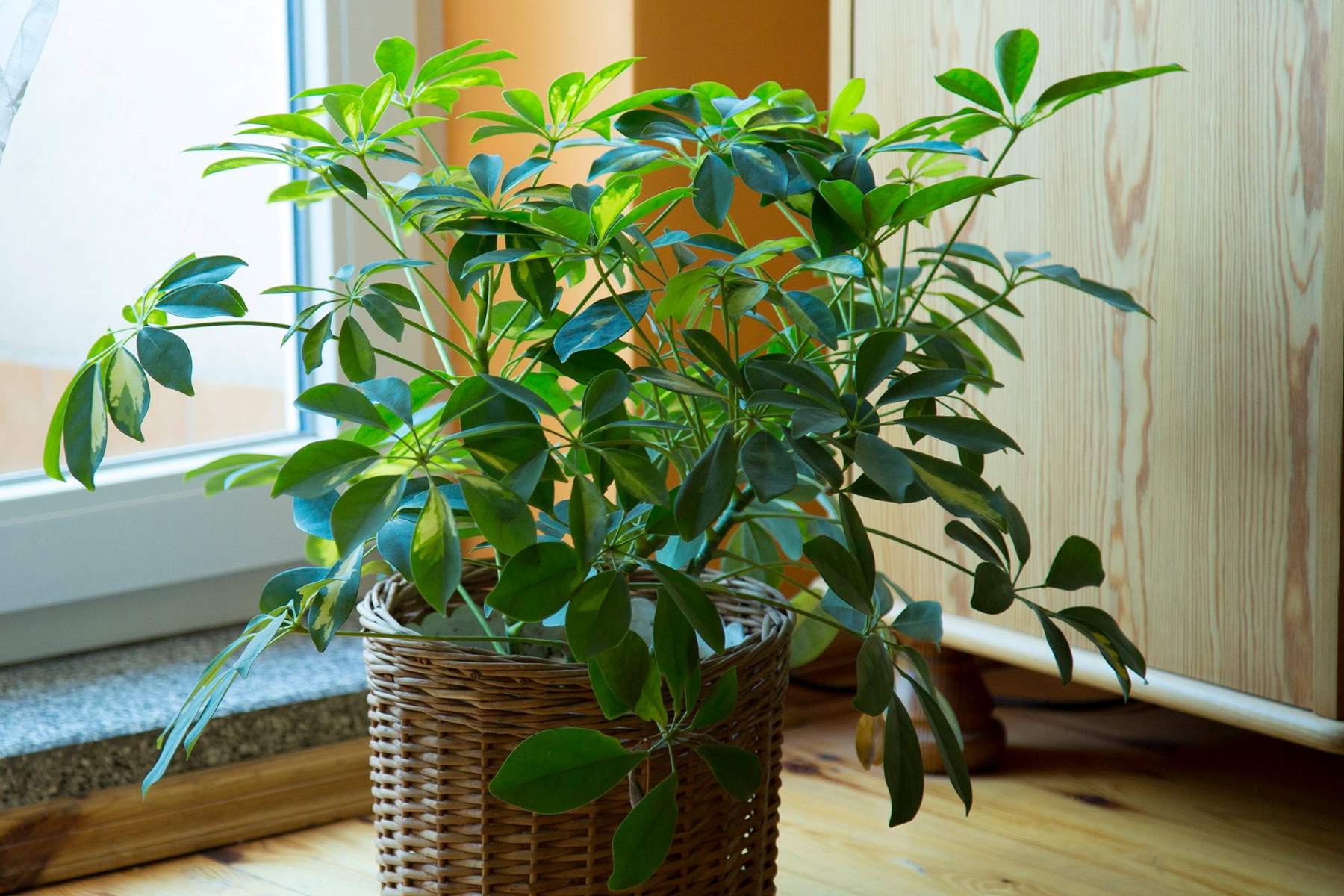
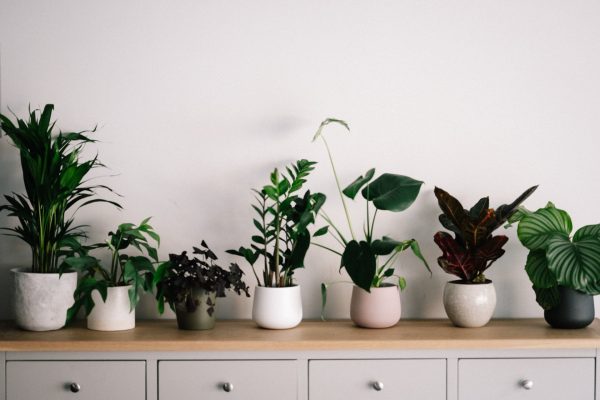
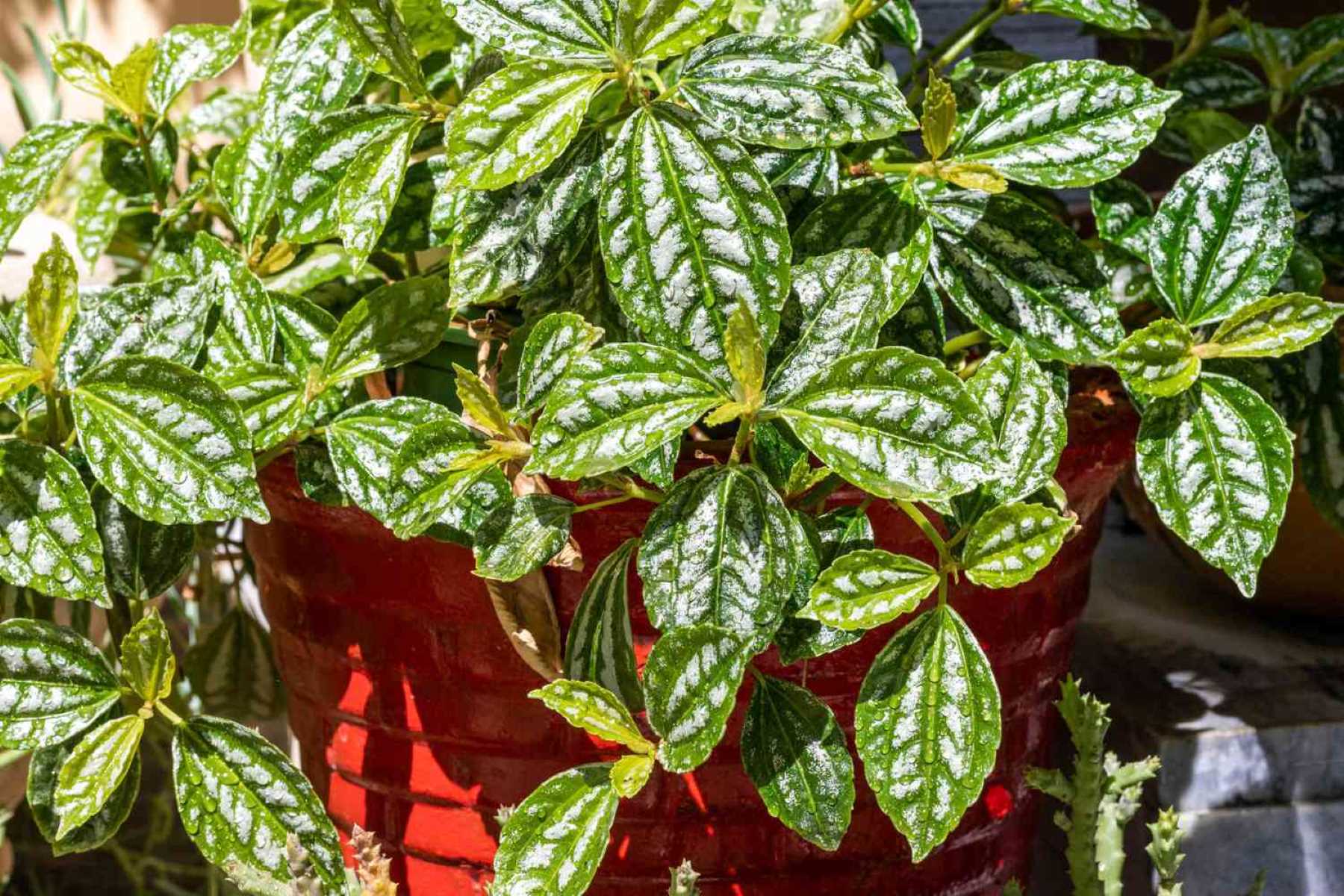
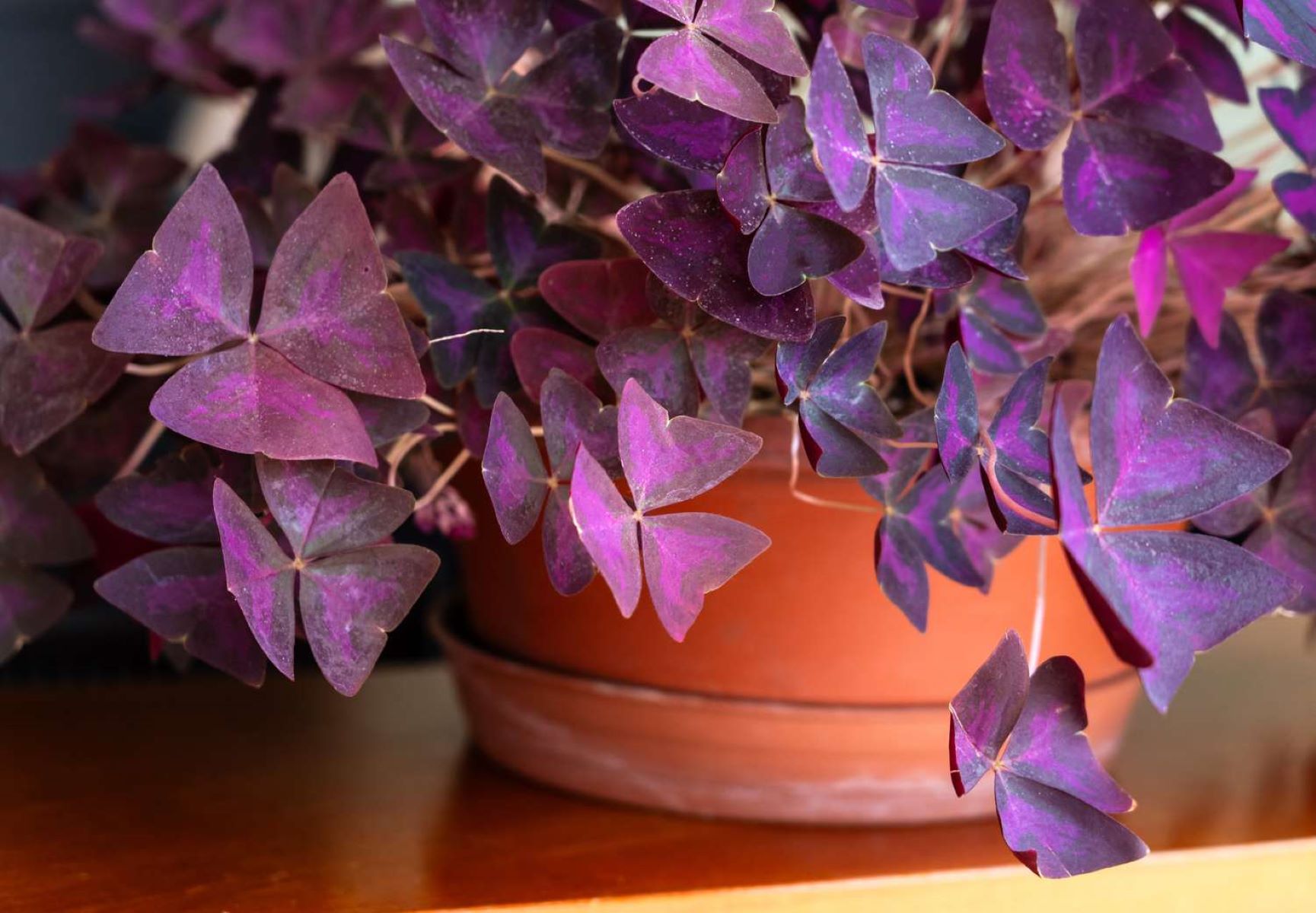
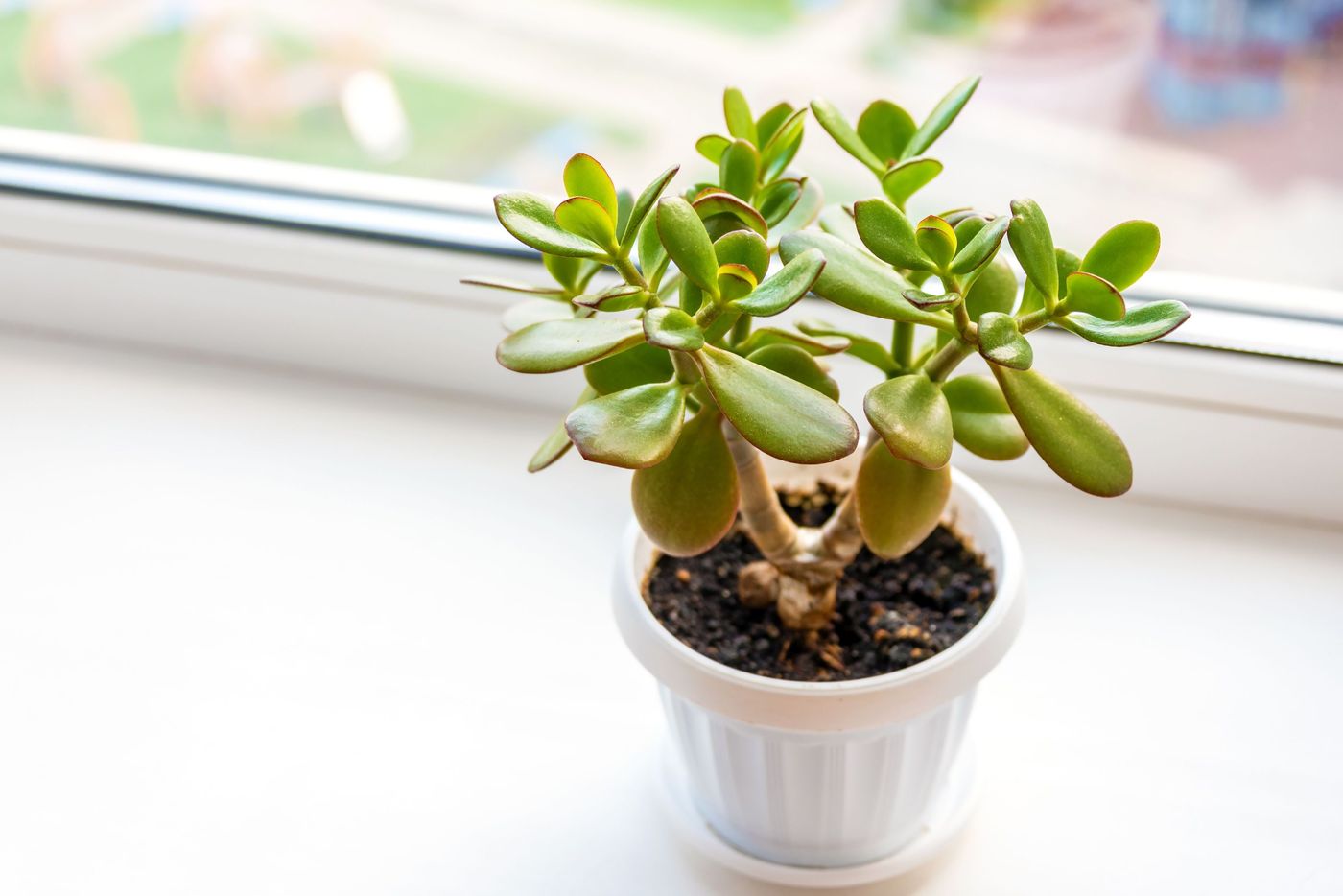
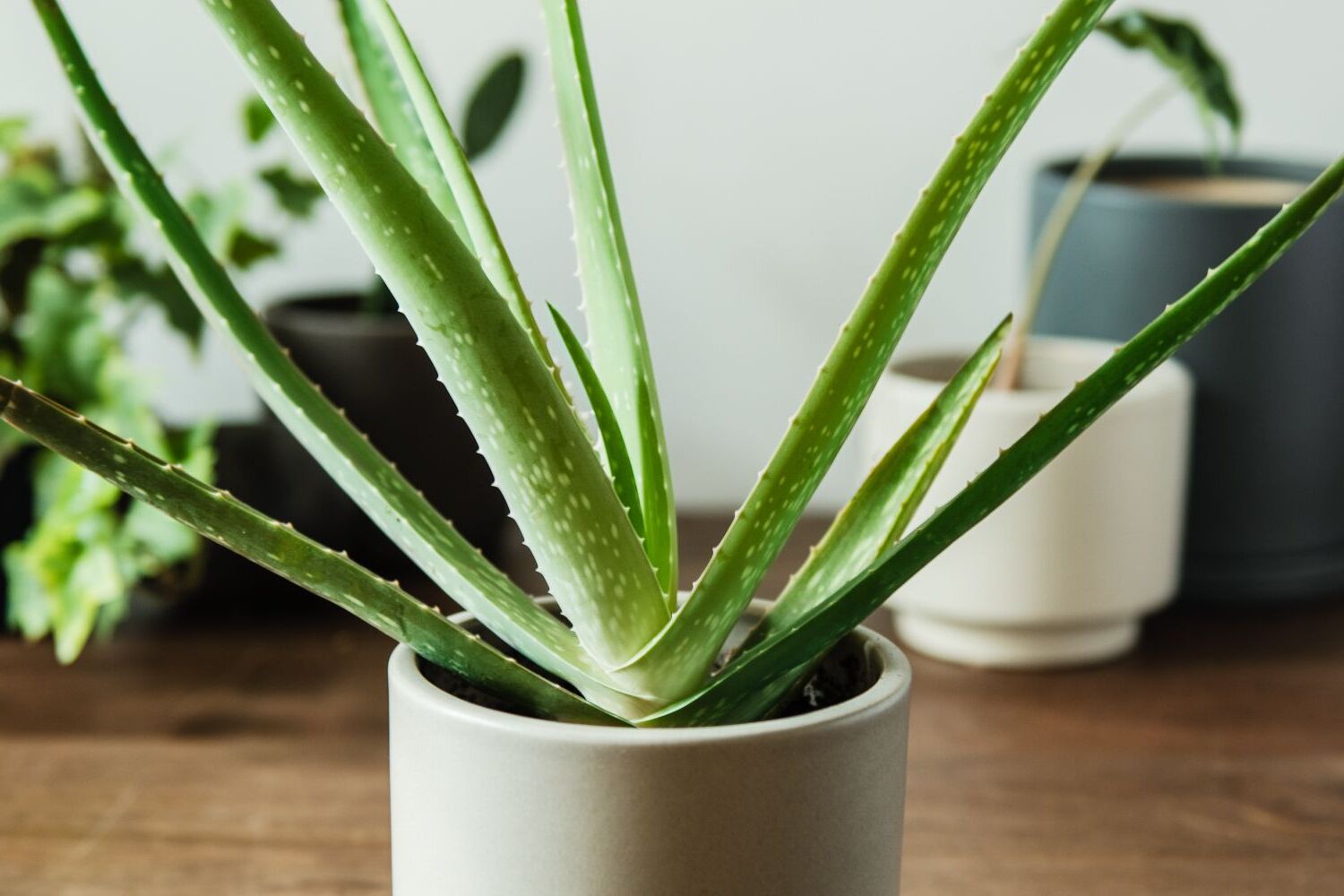
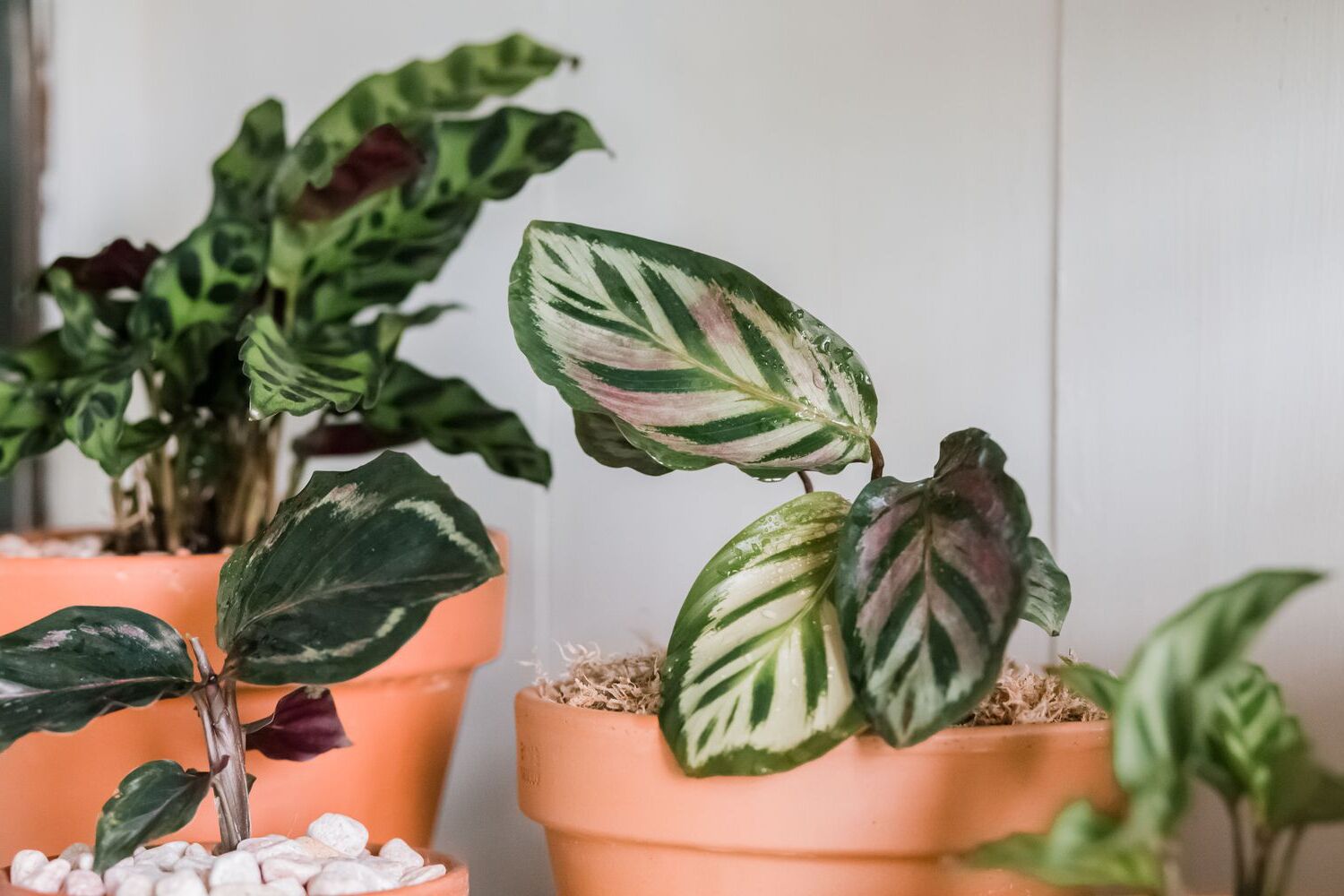
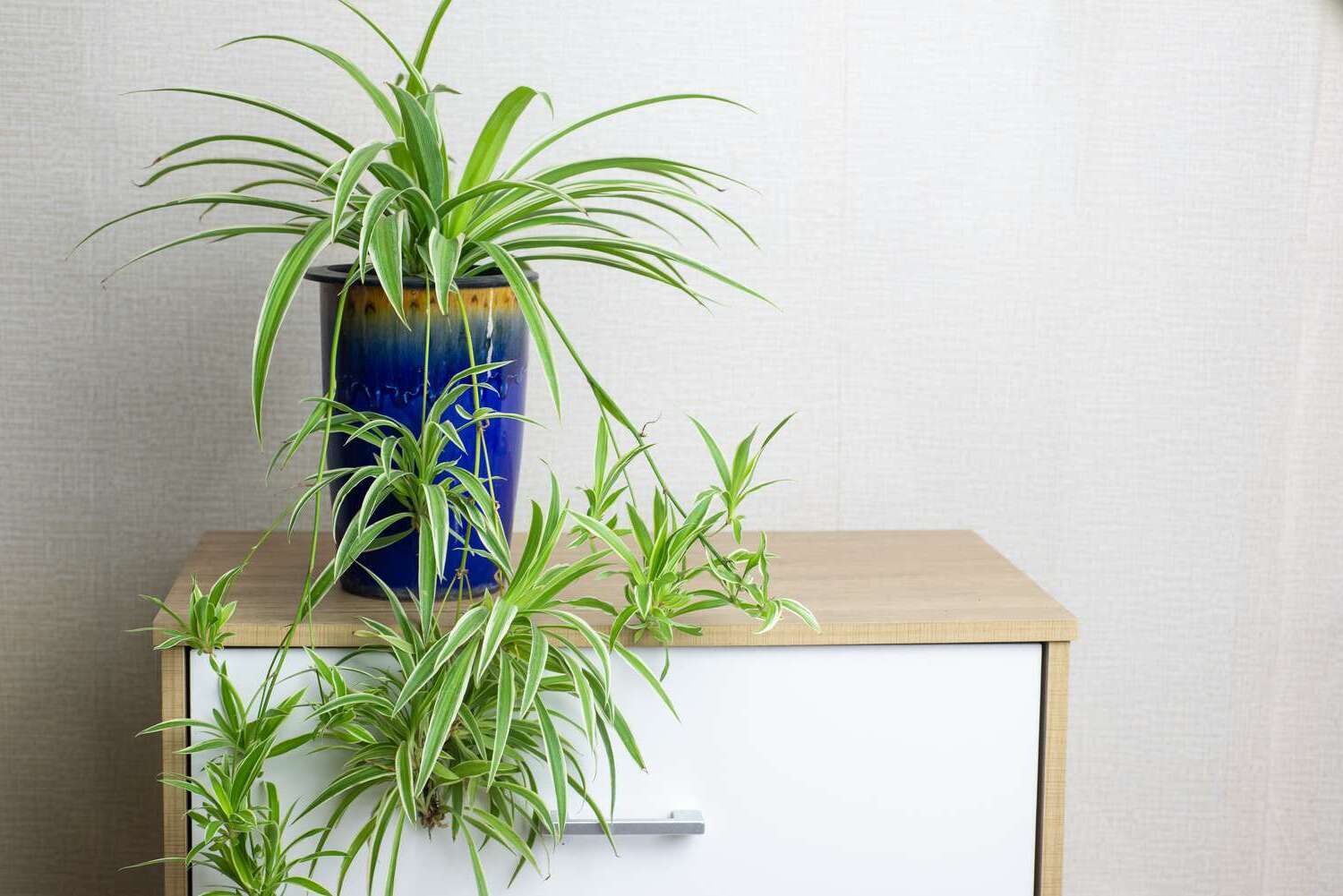
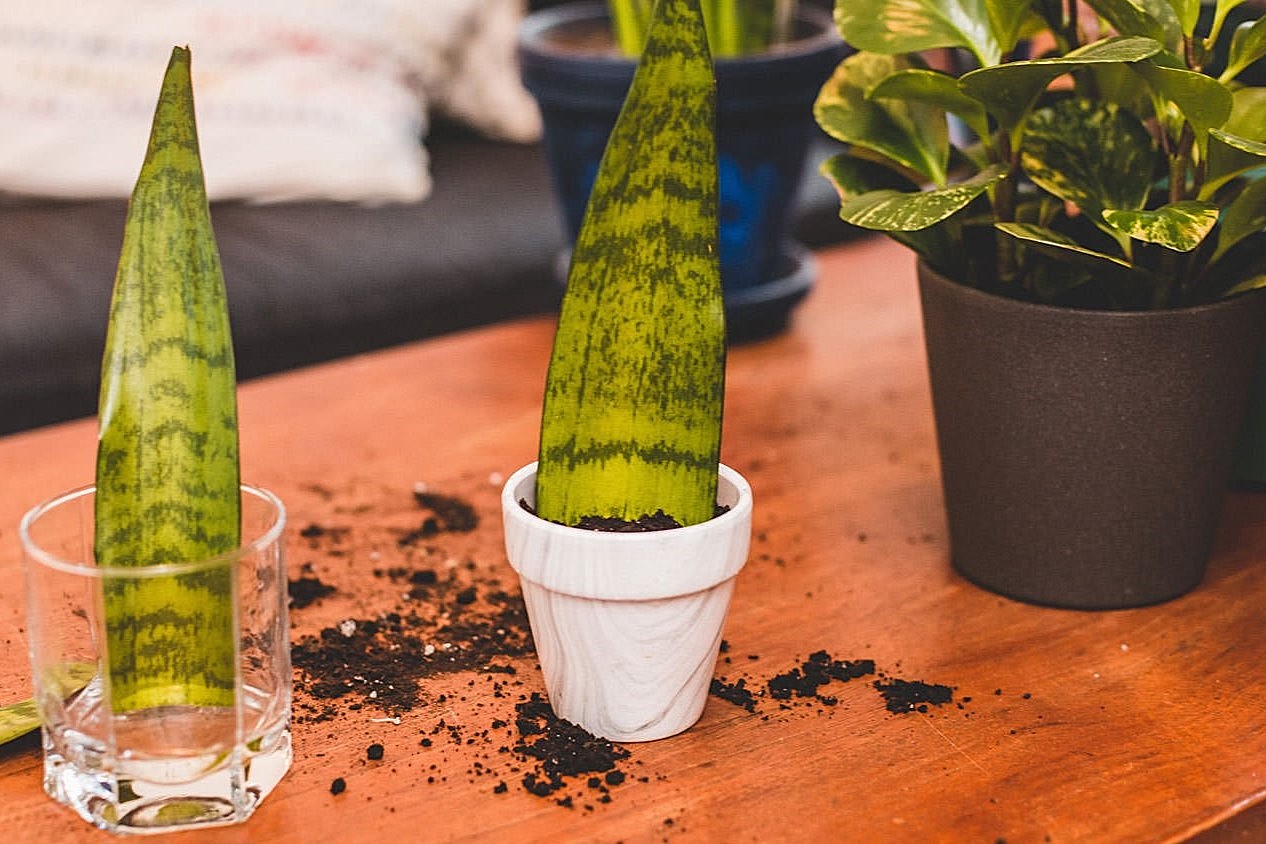
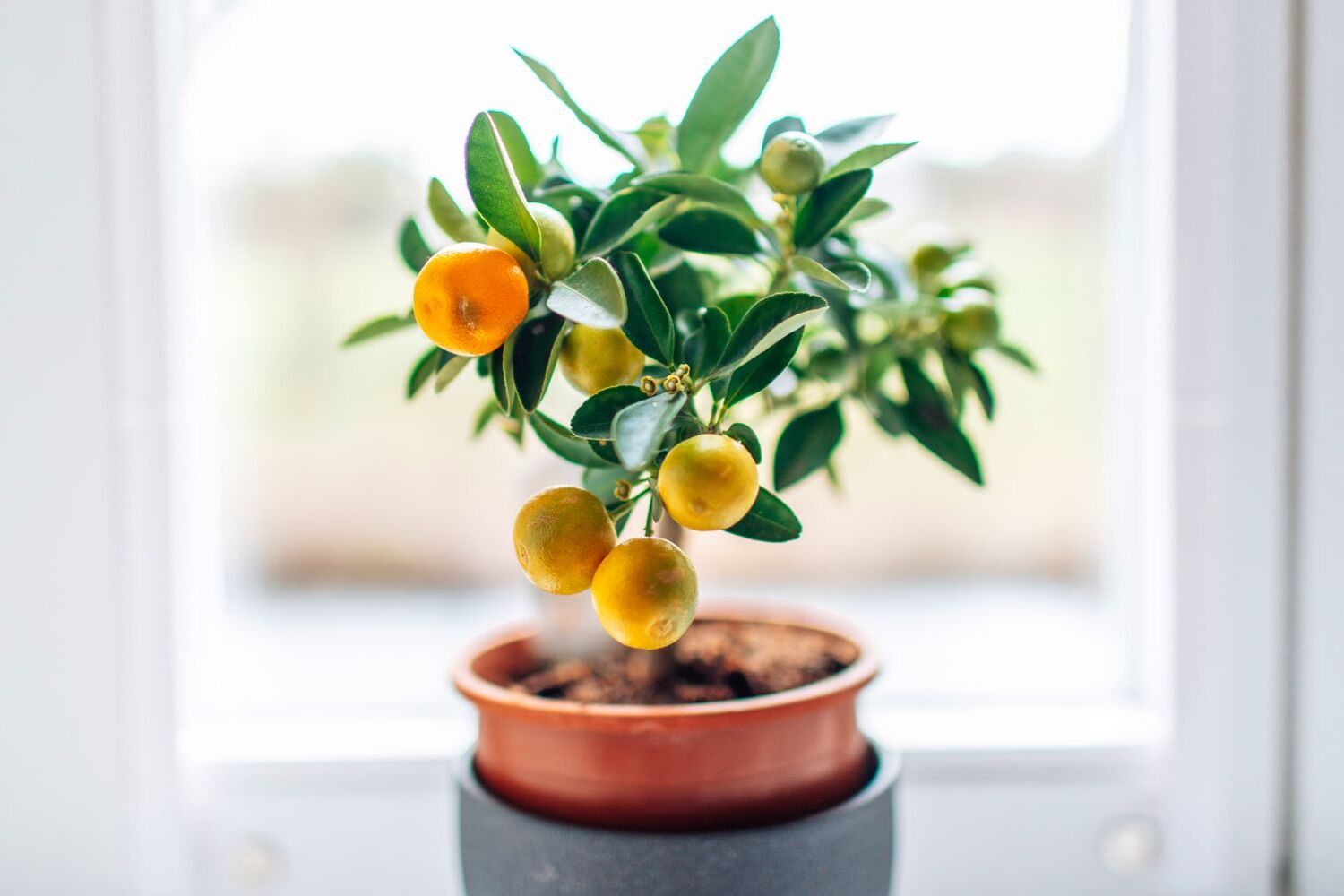

0 thoughts on “Indoor Ficus Tree Care Tips: Grow a Healthy Rubber Plant”